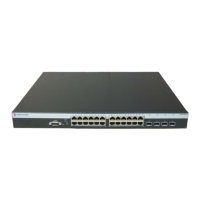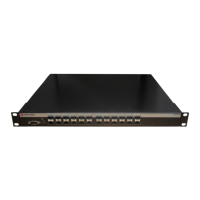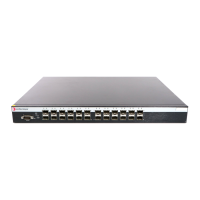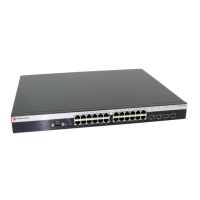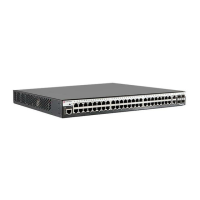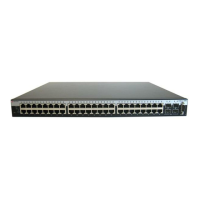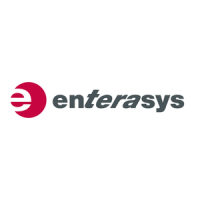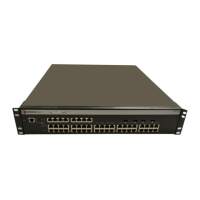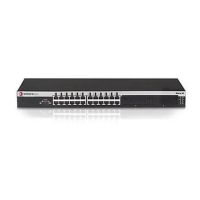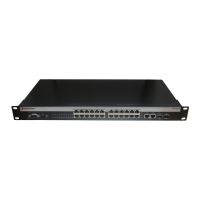Spanning Tree Basics
15-10 Configuring Spanning Tree
underlying physical ports. The port cost value may also be administratively assigned using the set
spantree adminpathcost command. This may be done to choose a particular path.
Paths to Root
If the bridge is not elected as root, one or more ports provide a path back to the root bridge. The
port with the best path is selected as the root port. The best path is the one that has the lowest
designated cost. The lowest cost is the aggregate cost of all the LANs traversed between the port
and the root bridge. Figure 15-4 on page 15-10 displays root port configuration based upon lowest
cost for Bridge A. If multiple ports have the same lowest cost, the one with the lowest bridge ID
becomes the root port. The bridge ID is the ID of the transmitting bridge. Figure 15-4 displays root
port configuration based upon lowest bridge ID for Bridge C.
Figure 15-4 Root Port Selection Based On Lowest Cost or Bridge ID
If there are ports with the same bridge ID, the port ID is used as a tie breaker. The port with the
lowest port ID is chosen as root port. The port ID is a 2-byte value with the 4 most significant bits
being the port priority and the 12 least significant bits being the bridge port number. Because the
port priority occupies the most significant bits in the port ID, setting a lower port priority assures
Blocked Port
Cost 10
Cost 10
Cost 10
Cost 5
Root
Root
Alternate
Alternate
ROOT Bridge
Bridge A
Bridge C
KEY:
Network
Bridge B
Priority: 32768
Bridge ID:
MAC Addr: 00-00-00-00-00-01
Priority: 32768
Bridge ID:
MAC Addr: 00-00-00-00-00-02
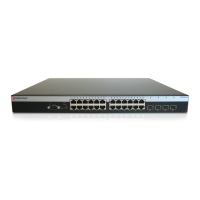
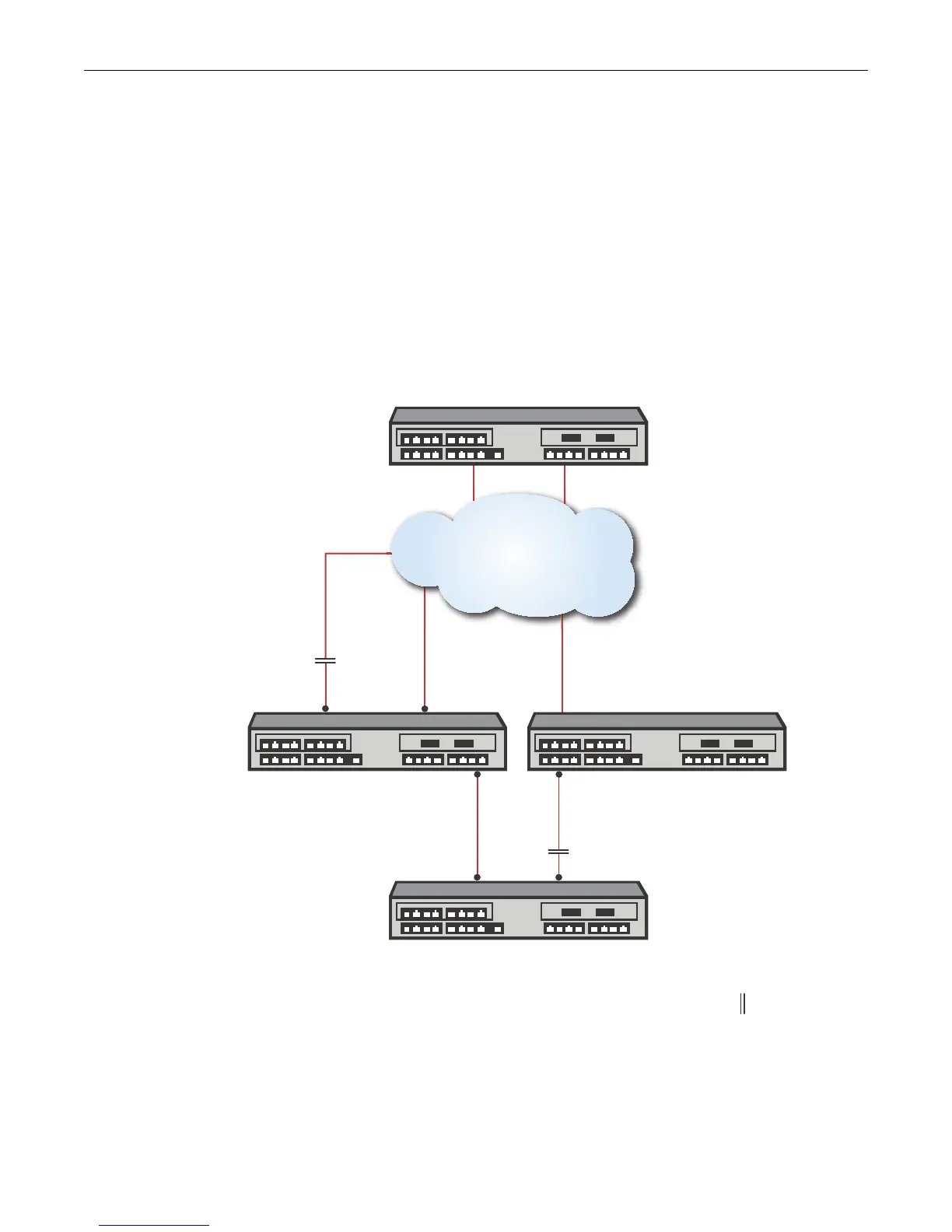